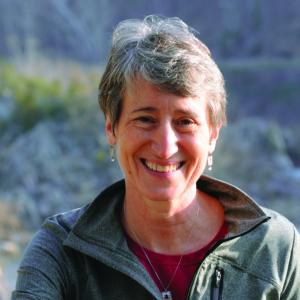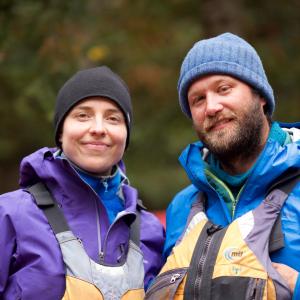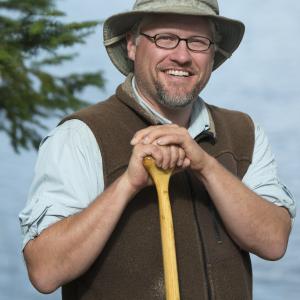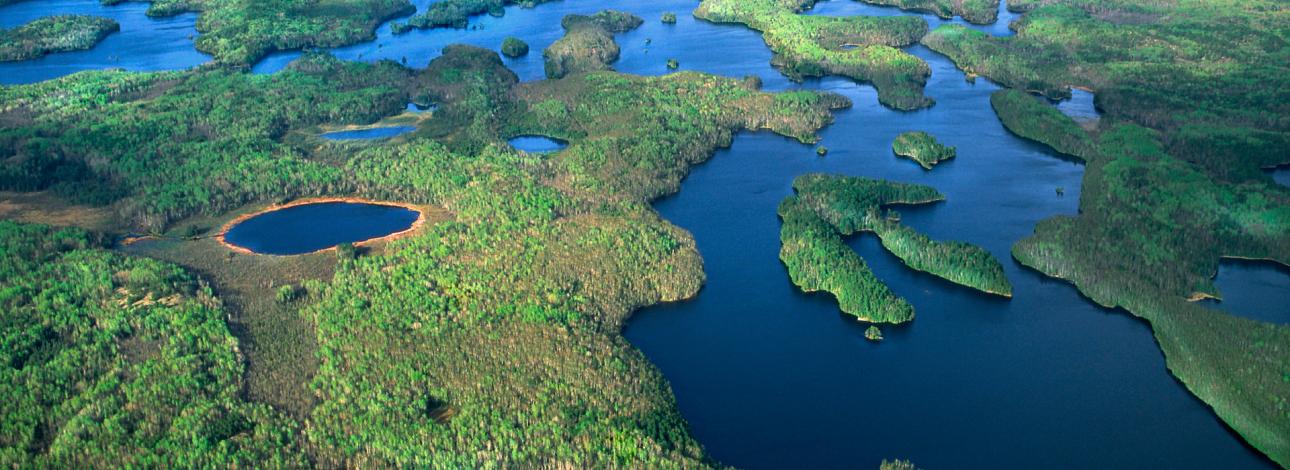
What is the Boundary Waters?
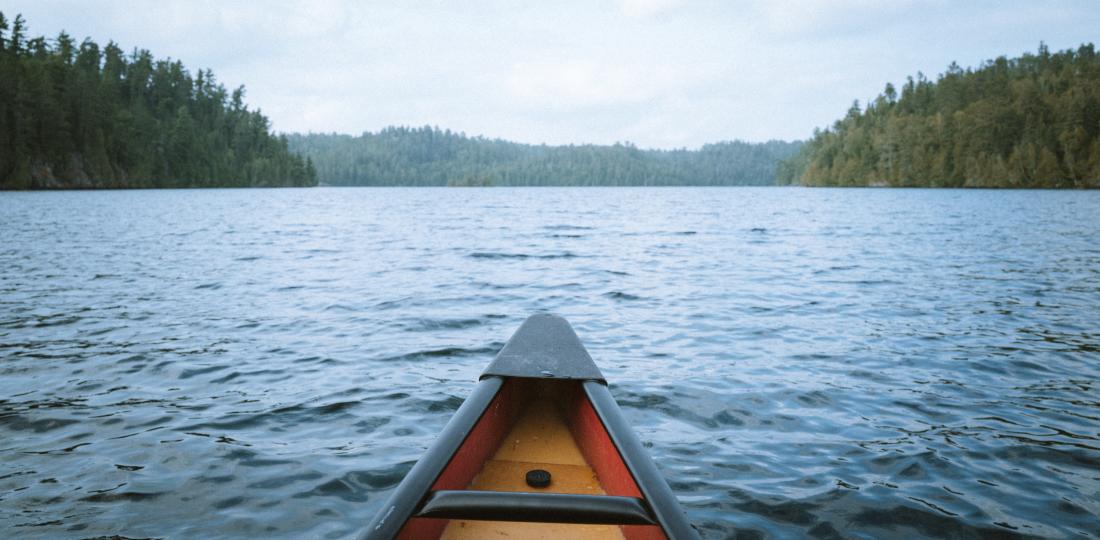
The Boundary Waters is the most visited Wilderness in the United States.
The interconnected waterways and unspoiled forests of this Wilderness offer world-class recreation, critical habitat, and support the people and economies of wilderness-edge communities.
Boundary Waters, Voyageurs National Park, Quetico Provincial Park, and the Superior National Forest
in National Forest system is within Superior National Forest
to paddle and portage through, in the Boundary Waters Canoe Area Wilderness
Millions of people have developed a lifelong love of nature through camping, fishing, paddling, dogsledding, hunting & hiking experiences in this one-of-a-kind Wilderness.
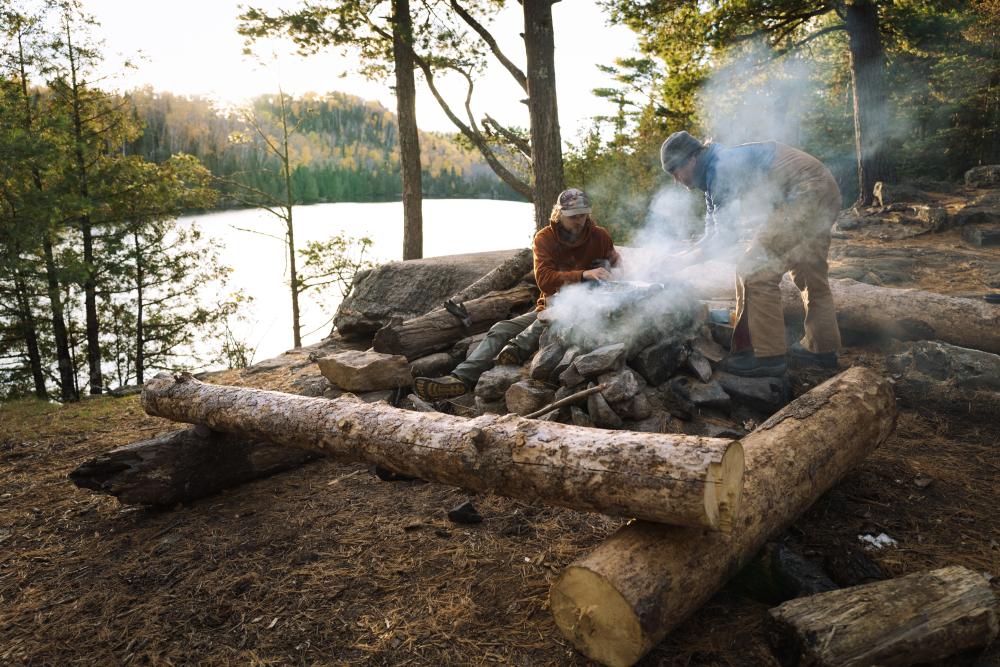
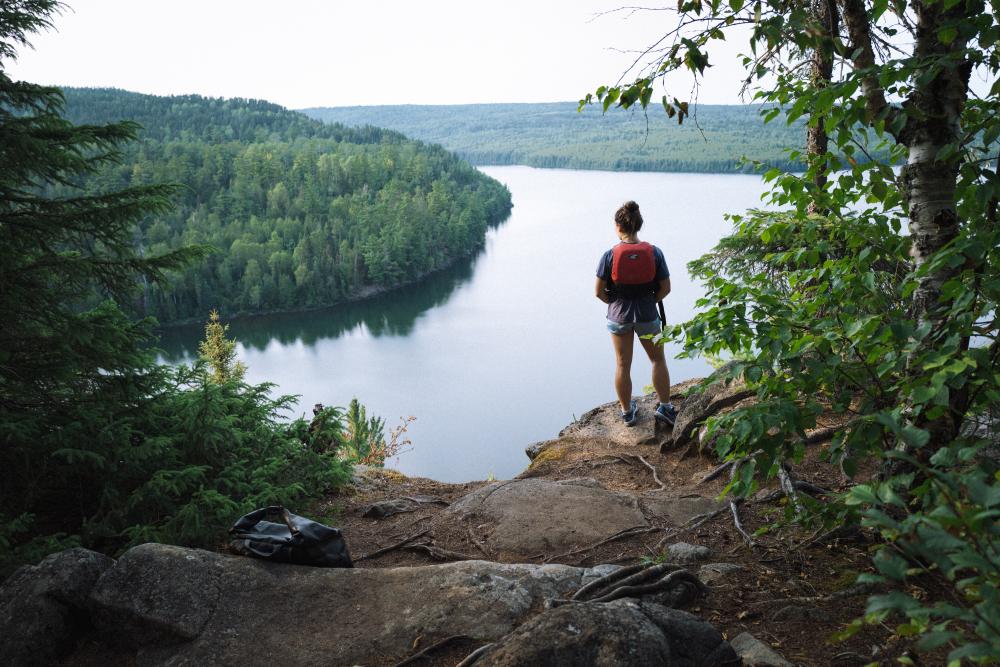
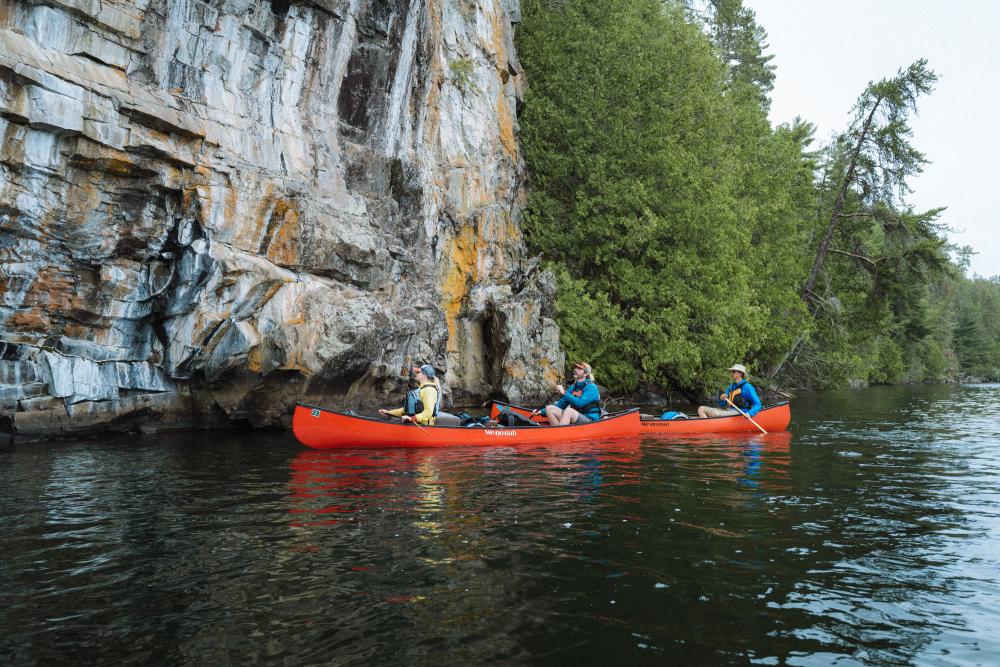
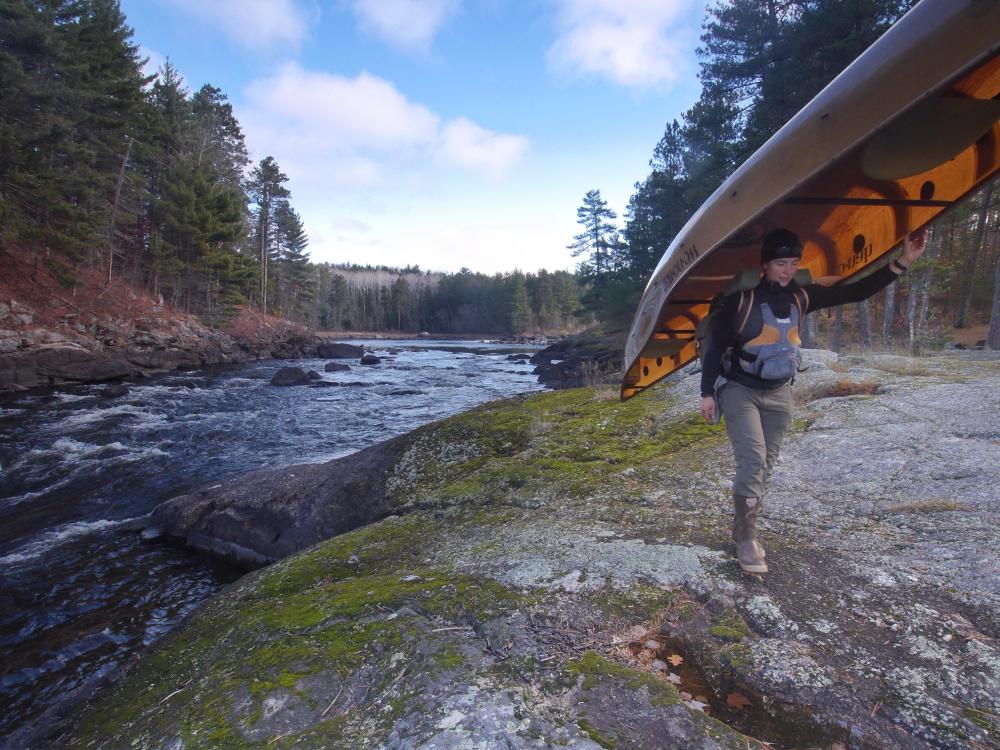
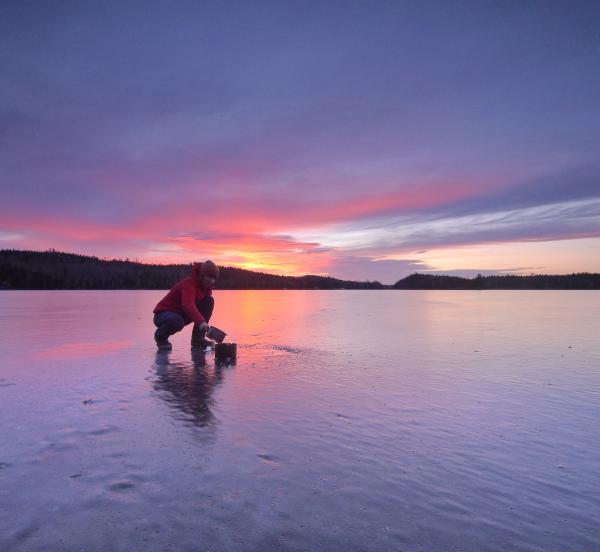
One of the few places in the country where you can drink straight from the lake
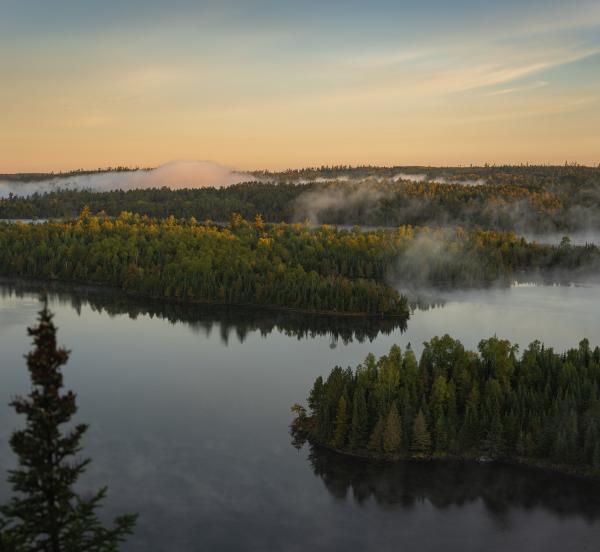
A unique, federally-protected Wilderness Area
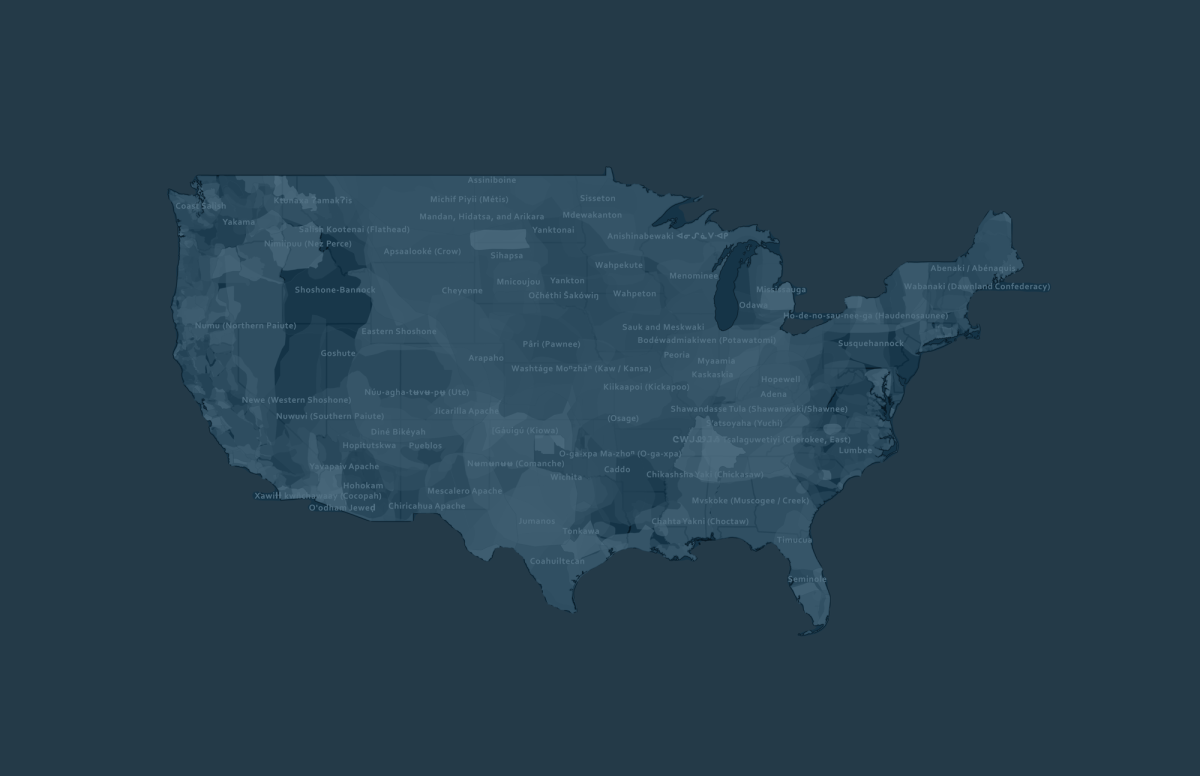
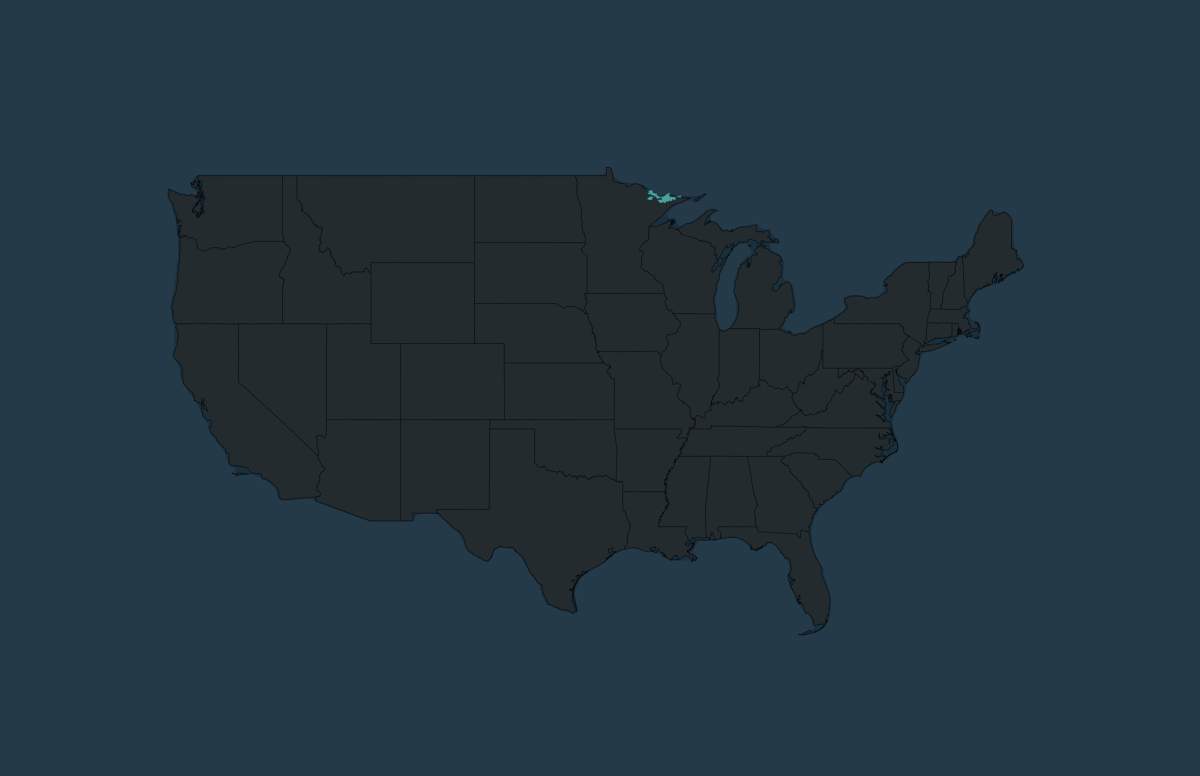
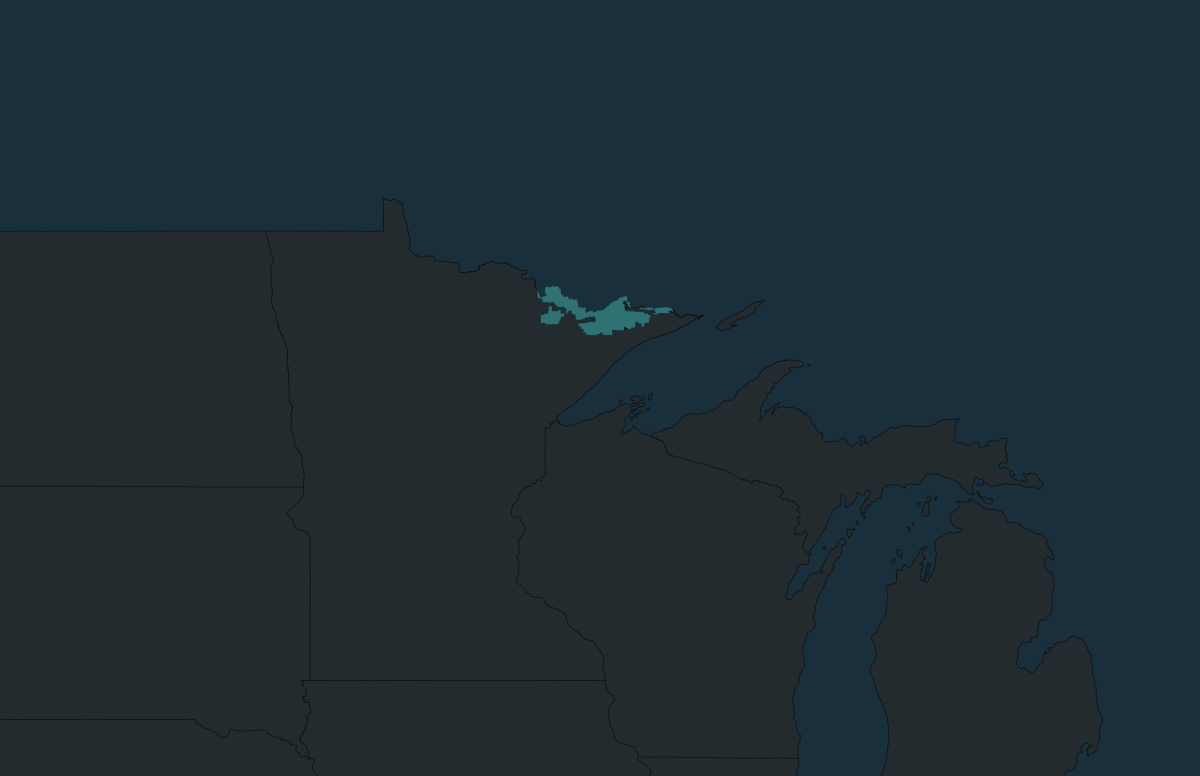
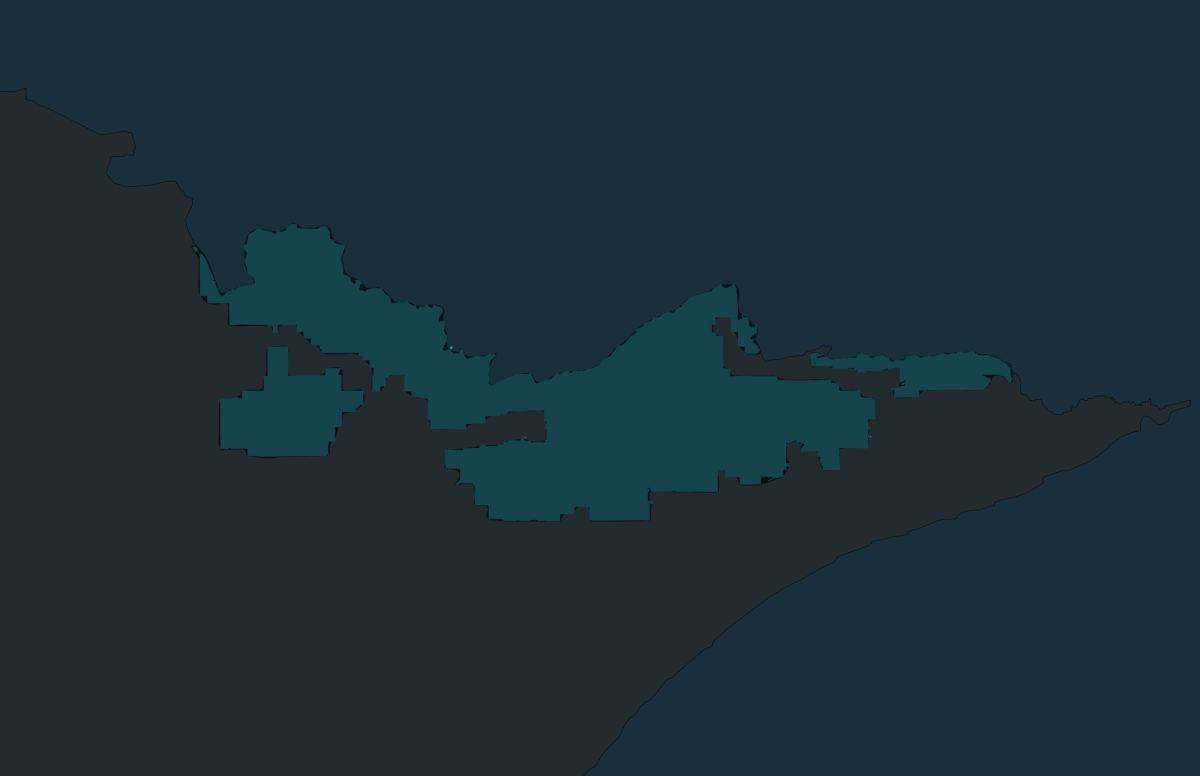
Homelands of the Anishinaabe people
People have lived in the region we now call the Boundary Waters for time immemorial and have a deep relationship with these lands and waters. The Boundary Waters is within the 1854 Treaty Area where the Bois Forte, Fond du Lac, and Grand Portage Bands of Chippewa maintain hunting, fishing, and gathering rights guaranteed by the Treaty and coordinated by the Tribal-government-run 1854 Treaty Authority. As sovereign nations, tribes play a central role in protecting the Boundary Waters and have called for its protection.
A unique, federally-protected Wilderness
Wilderness Areas are supposed to have the highest level of protection of American public lands. The Boundary Waters is free of roads and structures, and motors are limited to only some lakes. The Boundary Waters is the largest Wilderness east of the Rockies and north of the Everglades, and is one of the most accessible wilderness areas for recreation.
There's no other place like it on Earth
Millions of people go to the Boundary Waters to camp, fish, paddle, dogsled, hunt, and hike. The wild and tranquil lakes, forests, and trails offer unparalleled recreation and support the local sustainable regional economy. Not to mention it features some of the world's cleanest water, a designated “Dark Sky Sanctuary,” and one of the few remaining "naturally quiet" areas on the planet where you can experience what it feels like to be an explorer.
Permanently protecting the Boundary Waters Canoe Area Wilderness is key to ensuring climate change resilience.
The Wilderness Society identified 74 places in the United States that are crucial to our ability to sustain biodiversity in the face of a changing climate. The analysis found that the Quetico-Superior region is one of the top places in the nation with this “Wildland Conservation Value,” making the Boundary Waters one of the most important natural places in the country in the fight against climate change.
Together, we can save this irreplaceable wilderness from sulfide-ore copper mining.
Be part of the movement to protect the Boundary Waters.
